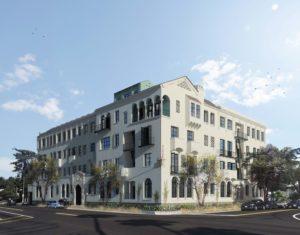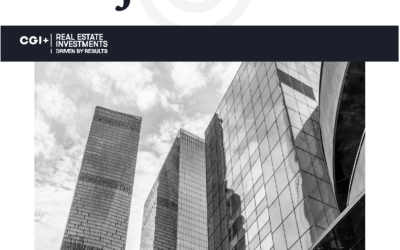 The return to the office accelerated in April.
The return to the office accelerated in April.
Over the month, office occupancy rose from 24% to 26.5%, according to the Back to Work Barometer from Kastle Systems. By comparison, occupancy was 22.9% in mid-January. In the survey, Kastle, a managed security system provider, culls data from 2,600 buildings and 41,000 businesses across 47 states to decipher workplace patterns.
The return to the office should intensify over the summer. The New York Times reports that Goldman Sachs wants most of its employees back in the office by June. Even tech companies, which have notably liberal telework policies, are making plans to bring people back. CNBC reports that Amazon and Google have targeted full-scale returns by the fall.
But it’s not just the large corporations targeting returns in the second half of 2021. As more and more people are vaccinated, CEOs seem eager to bring at least some of their workers back. Gartner found that more than two-thirds (69%) of 258 human resources leaders surveyed expect their workplace to reopen in the third and fourth quarters of 2021.
For the apartment owners, especially those in large metros, this is welcome news. When the pandemic hit and people were allowed to work from home, many workers left cities for suburban and rural areas to find more space and save money on housing costs. While some of these people rented, others moved in with family to save money.
But with these workers being called back to the office, expect apartments in dense urban and suburban areas to regain some of the occupancy lost in 2020.

